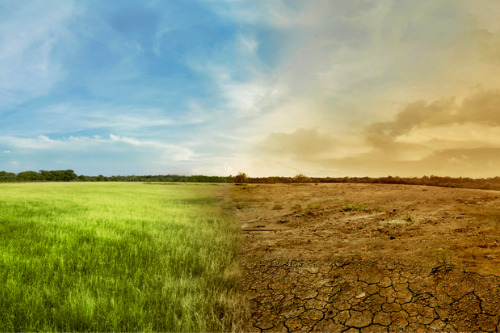

Climate change is a very clear and present danger in Canada. The frequency and severity of weather events continues to increase, and the resulting damage to Canadian properties, homes, businesses and livelihoods is devastating. According to the Insurance Bureau of Canada (IBC), severe weather caused $2.4 billion in insured damage in 2020, up from $1.4 billion in 2019, and that’s without a single large event dominating pay-outs.
There were multiple large loss events in 2020, including the Calgary hailstorm on June 13, which caused $1.3 billion in insured damage, spring flooding in Fort McMurray, which caused $562 million in insured damage, and a Southern Ontario and Quebec rain / snowstorm on January 10, which caused $98 million in insured damage – but none of these were quite like the Fort McMurray wildfire in 2016, which caused nearly $3.6 billion in insured losses.
These trends are not unique to Canada. The frequency and severity of extreme weather events are up around the world. The Swiss Re Institute’s latest sigma report described 2020 as the fifth costliest year on sigma records since 1970, with global insured losses of $89 billion most of which (71%) were a result of secondary perils, such as severe convective storms, floods and wildfires.
Jonathan Isherwood, Swiss Re’s chief executive officer of reinsurance in the Americas, commented: “What’s interesting was that it wasn’t necessarily one big event that drove [the $89 billion global insured losses]. Over 70% came from what we call ‘secondary perils’ which are typically less well-modeled – so I think that has to be on everyone’s radar. But how do you deal with [secondary perils] when they’re less well-modeled and less understood?”
Over and over again, one of the main loss-driving culprits in Canada is flooding, which is designated a secondary peril by Swiss Re. Don Forgeron, president and CEO of the IBC commented: “For many Canadians, the equity that they have in their homes forms a significant part of their retirement income – and for some people, it’s the bulk of their retirement income. With flood being a number one threat these days in terms of physical damage to homes […] we’re seeing the serious financial ramifications of those people who live in flood-prone areas.”
For some time, the IBC has been advocating for a national flood insurance program in Canada. Progress was made in 2020 with the federal government’s creation of the Task Force on High Risk Residential Flood Insurance and Strategic Relocation. This, according to the IBC, is “a foundational step in an urgent national effort to better protect Canadians from our primary climate risk”. Through this Task Force, insurers will work with governments across the country to ensure every Canadian has access to affordable flood insurance.
But flood is not a government problem alone. Forgeron stressed: “On the issue of climate change, and the issue of flooding specifically, this is not [solely] a government problem. In Canada, there’s sometimes a tendency to look to government to solve all of these problems […] but I think all stakeholders have a role to play. The government needs to commit to their national action plan on flooding, they’ve got to move people out of harm’s way, they’ve got to invest more in flood defences, they’ve got to provide Canadians with access to affordable insurance, and at some point, we’ve got to end the practice of building in floodplains.
“As insurers […] we need to do more in terms of providing protection to Canadians, and we have a role to play in educating them. We have this federal Task Force that we must continue to advocate for, and we have to be the voice that pushes government (among the many priorities that they have) to ensure that the issue of the national flood insurance program is front and centre. And we have to help them move from the current taxpayer-funded model to some sort of private-public solution in terms of how we compensate people.”
There’s also a lot that Canadians can do on an individual basis to better protect themselves from the impacts of flooding, from appropriate property maintenance, to effective landscaping, and finally, supporting good public policy, especially as it relates to land-use. Forgeron gave the example of Fort McMurray, where they have rebuilt homes after the 2016 wildfire in a subdivision prone to flooding called Waterways. Since then, the aptly named Waterways has flooded several times, suggesting a potential failure in appropriate land-use management.
Monica Ningen, president and CEO of Swiss Re Canada and English Caribbean, stressed that when it comes to severe weather events like flooding, “it’s not if one of these big events is going to happen; it’s when”. She pointed to the Calgary hailstorm on June 13, 2020, which caused $1.3 billion of insured damage and taught the industry some lessons on how tough it is to get physical bodies into an area that needs a catastrophic response in the midst of a pandemic.
Referring to another secondary peril - a potentially great B.C. earthquake (arguably something that sits at the back of every re/insurer’s mind) – Ningen said: “With all the work that’s been done, I’m still worried about when that event happens. It’s not if, it’s when - and when it happens, I think, as an industry, it will be a real test of our ability to respond and work with the municipalities and the governments in that area to make sure that consumers are taken care of.”
